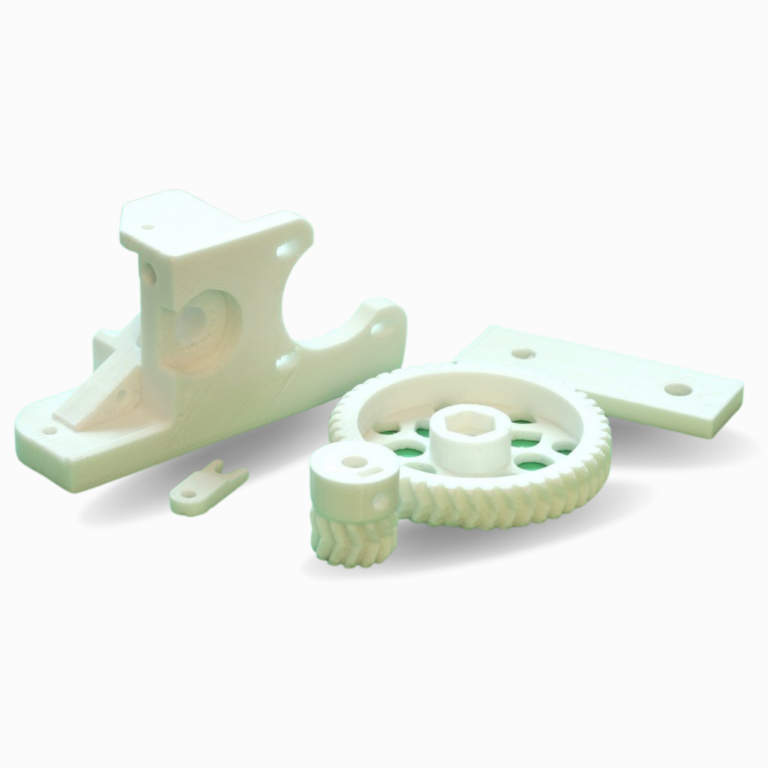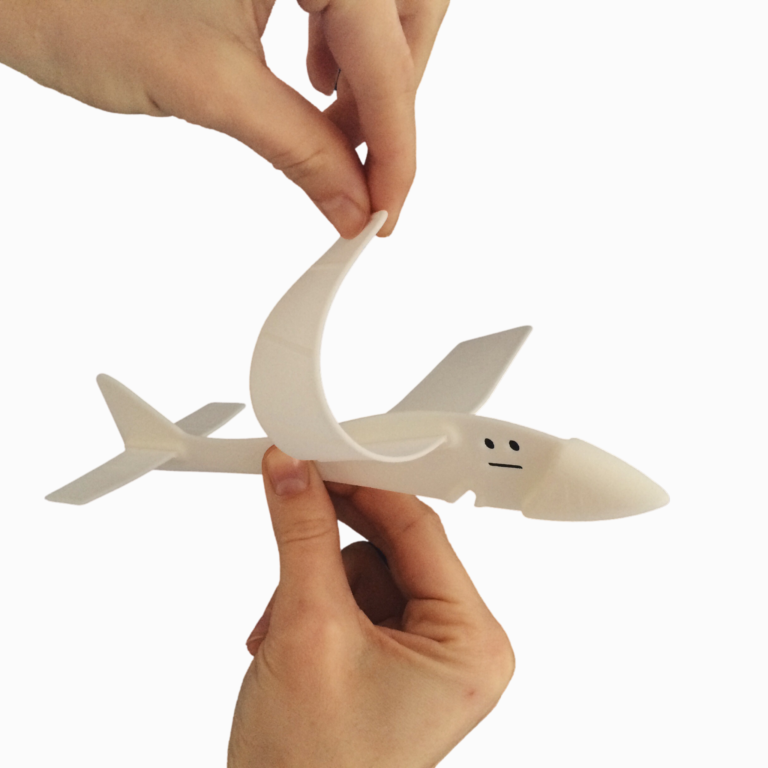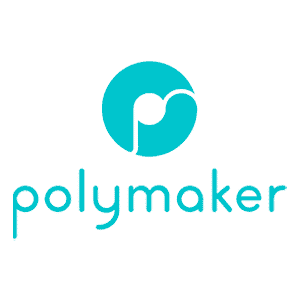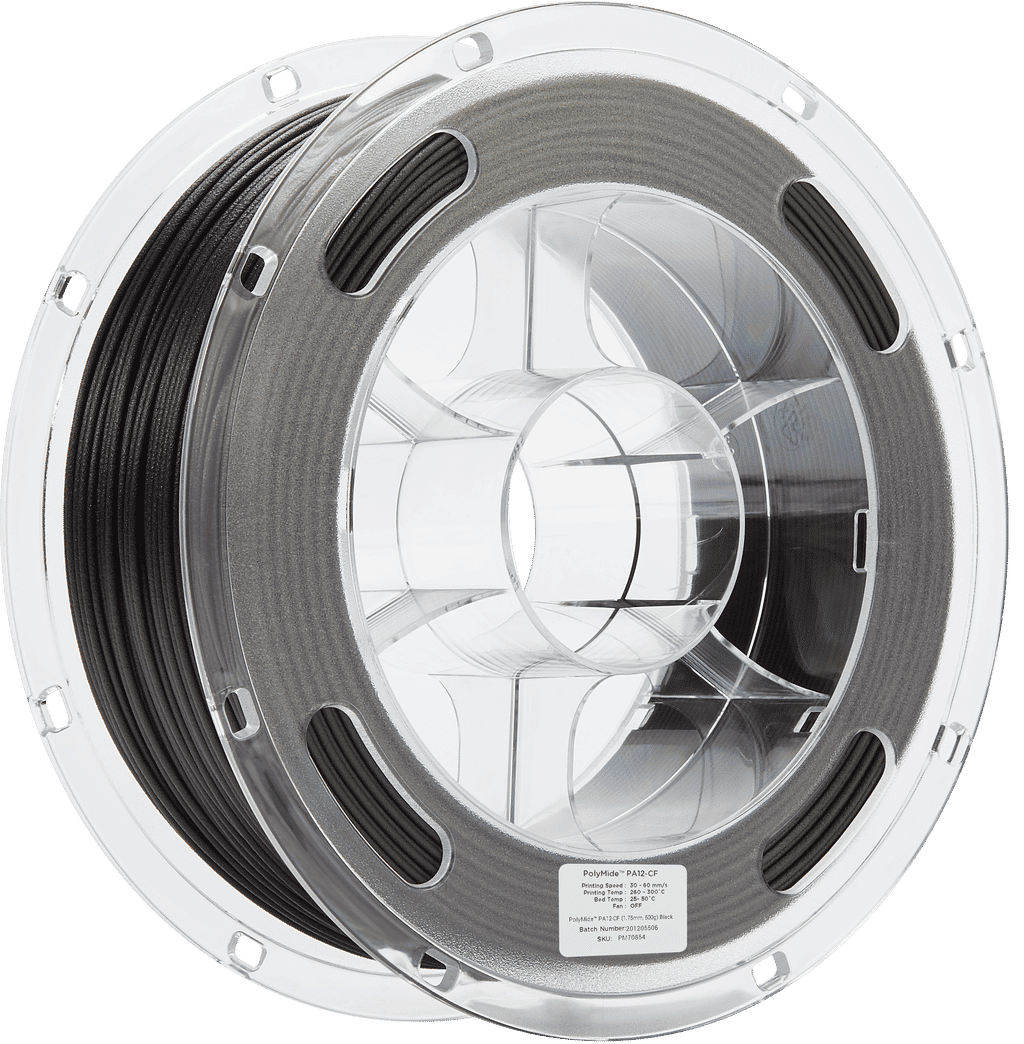Nylon filaments
(Polyamide)
Basic Info
Nylon Filament (Polyamide) is a versatile material with excellent thermal and mechanical resistance. It is suitable for printing functional technical parts with high temperature and mechanical resistance requirements. However, it’s very hard to print and therefore recommended for experienced users only.
Description
Nylon (Polyamide) is a popular material in the plastics industry, known for its toughness and flexibility. Nylon filaments typically require extruder temperatures near 250 ºC, however, some brands allow printing at temperatures as low as 220 ºC due to their chemical composition. Many printers do not include a hotend that can safely reach 250 ºC, so these lower-temperature versions can be useful and potentially save you from needing to upgrade your hotend. One big challenge with Nylon filaments is that they are hygroscopic, which means they readily absorb moisture from their surroundings. Printing Nylon after it has absorbed moisture will lead to several print quality issues, thus filament storage becomes very important and requires special attention.
Chart
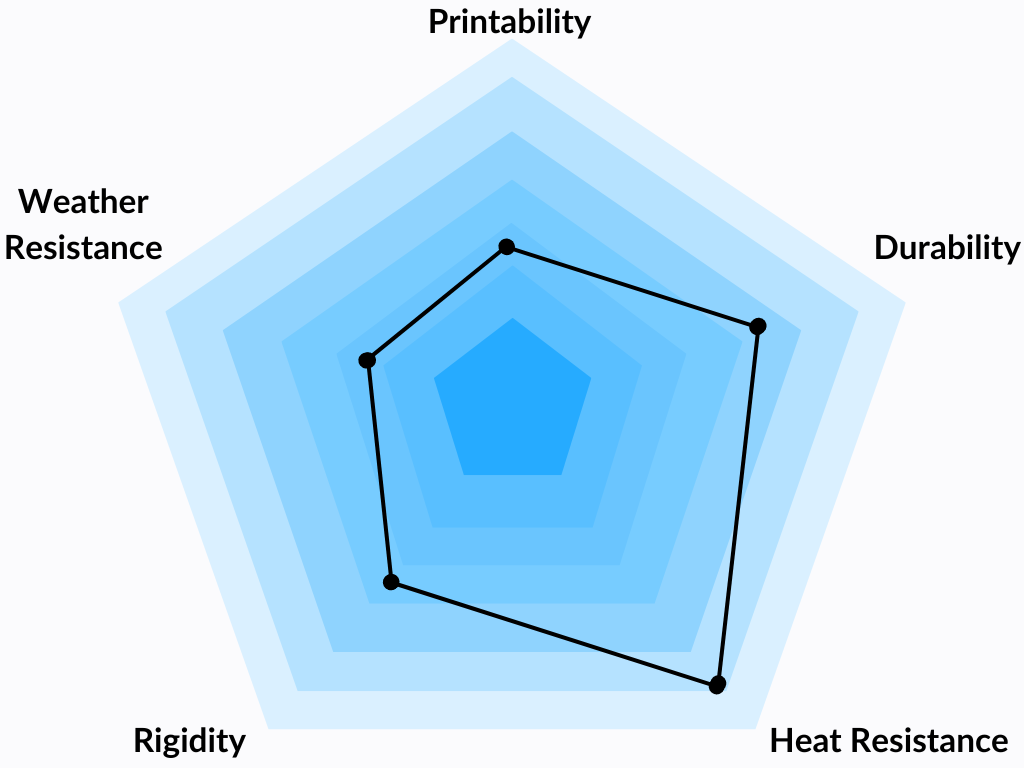
Pros and Cons of using Nylon Filament
| Pros | Cons |
|---|---|
| Tough and partially flexible | Prone to Warping |
| High impact resistance | Air-tight storage required to prevent water absorption |
| No unpleasant odor while printing | Improperly dried filaments can cause printing defects |
| Good abrasion resistance | Not suitable for moist and humid environments |
Applications
Functional prototypes
Because of its multiple beneficial properties – especially its ability to replicate the flexible characteristics of mass-produced, injection-molded nylon parts – nylon 3D printing filament is a good candidate for functional prototypes. Companies such as Idea Reality, a Hampshire, England-based product design and development studio, have used these properties to help them iterate, refine, and create high-quality final products.
The studio used a nylon 3D printing material to create a prototype for a backpack that takes the weight off the wearer’s shoulders via an ergonomic design – meaning it needed to withstand and adapt to near-constant fluctuations in pressure from the wearer’s movements.
Tooling
Nylon’s versatility and reliability are well suited to the creation of tools for use in hard-working environments and harsh conditions such as those seen in the automotive industry. Formula 3 team Van Amersfoort Racing, for example, used a nylon material that contains 20% carbon fiber, to create a rear-alignment tool for its vehicles. The tool utilizes carbon rods, from which a stretched wire acts as a reference for a racecar’s center point – meaning it’s extremely important, that the rods are accurately positioned. Standard materials such as PLA are not strong and stiff enough, but Ultimaker’s open-filament system along with a nylon filament were perfect for the job.
Industrial models
Because of its flexibility and durability, design studios use nylon 3D printing material to create industrial or architectural models. These models can be printed or assembled into complex, previously unattainable designs and shapes because of nylon’s versatility.
End-use parts
Nylon’s exceptional strength and durability make it appropriate for final, or end-use, parts that can be used long-term. Take US-based Snow Business, which uses nylon 3D printing filament and water-soluble PVA to create nozzles for the snow machines it manufactures for the TV and film industry.
